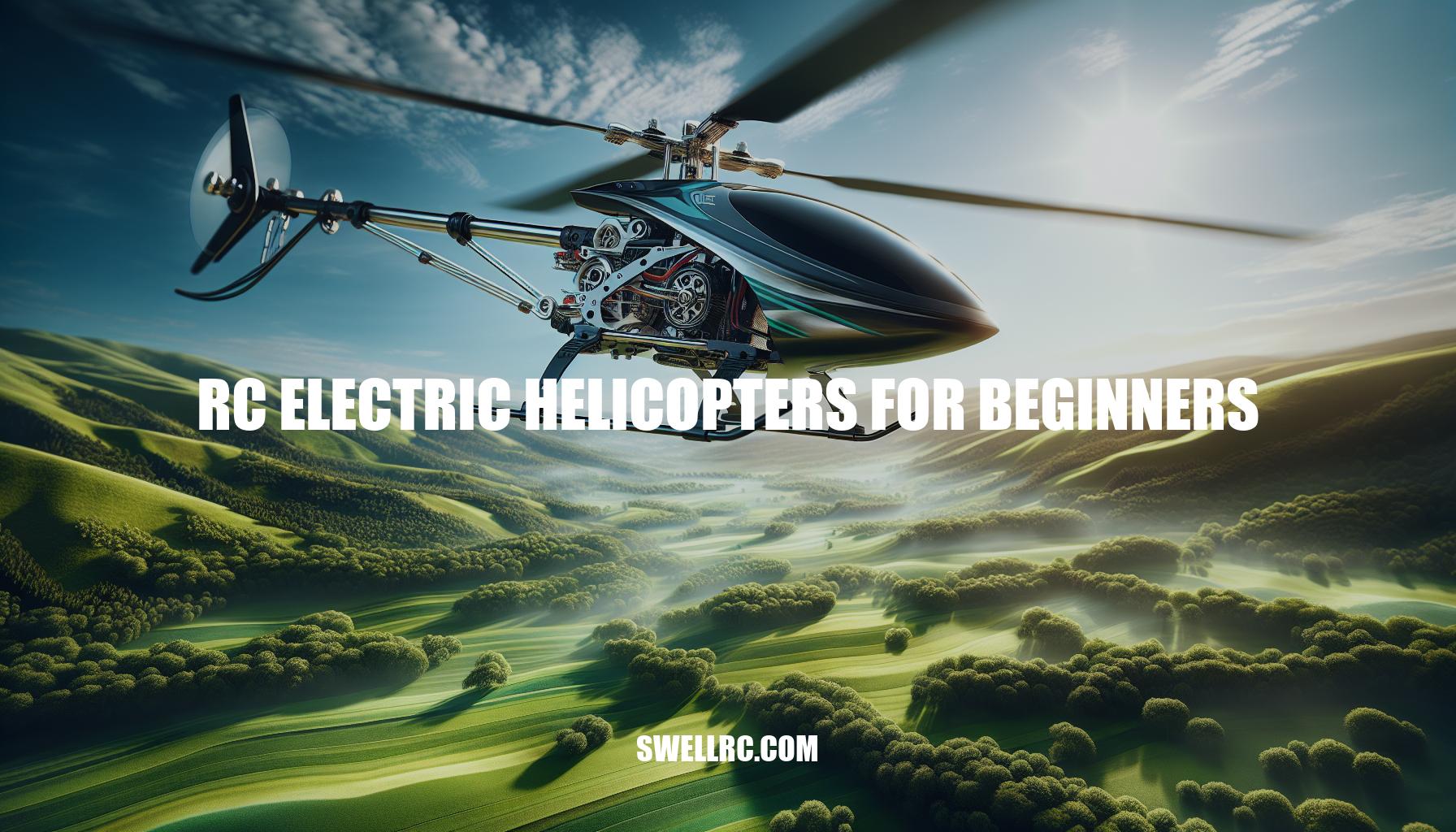Beginner’s Guide to RC Electric Helicopters: Mastering the Skies
RC electric helicopters are a perfect blend of technology and creativity, akin to conducting an orchestra with each component playing a crucial role in shaping a harmonic flight. These are remote-controlled helicopters that are powered by electric motors and rechargeable batteries. They essentially operate through the remote control, which sends a specific frequency to the receiver on the helicopter, commanding it to perform certain actions. The main parts that comprise an RC electric helicopter include the main rotor, which controls lift and direction, a tail rotor to maintain stability, motors to power the rotors, a receiver to accept commands from the transmitter, and batteries to power the operations. Using an analogy, operating an RC helicopter is like conducting an orchestra; each part has a function to play in order to create a harmonious flight.
RC Electric Helicopters for Beginners
Diving deeper into the world of aviation hobbies, it’s paramount to comprehend the importance and benefits of RC electric helicopters for beginners. Among the myriad of RC flying machines available, RC electric helicopters stand out owing to their ease of availability, cost-effectiveness, and safety features. As the idiom suggests, “Starting with RC electric helicopters cuts your teeth in the world of remote control aviation without breaking the bank“, these beginner-friendly helicopters are perfect for novice enthusiasts.
Here’s why:
- Easy Availability: Unlike their nitro or gas counterparts, RC electric helicopters are readily available on various online platforms. Websites such as Amazon and HobbyKing offer a vast selection of electric helicopters suitable for beginners.
- Lower Cost: Generally, RC electric helicopters are less expensive than gas or nitro ones. Plus, their maintenance doesn’t burn a hole in your wallet. This affordable pricing makes it easier for beginners to get started in this exciting hobby.
- Easy Maintenance: They have fewer mechanical parts which translate to less maintenance and headaches. After all, you would want to spend more time in the sky than on the ground fixing things.
- Safety: Last but not least, RC electric helicopters are safer because they utilize batteries rather than combustible fuel. They are also known to be quieter, which is considerate for the environment and people around.
Aside from these points, electric RC helicopters provide a seamless introduction to understanding the basics of aerodynamics, electronics, and precision control – all vital skills in aviation hobbies. There you have it, why ‘RC electric helicopters for beginners’ is a recommended starting point for newcomers in flying hobbies.
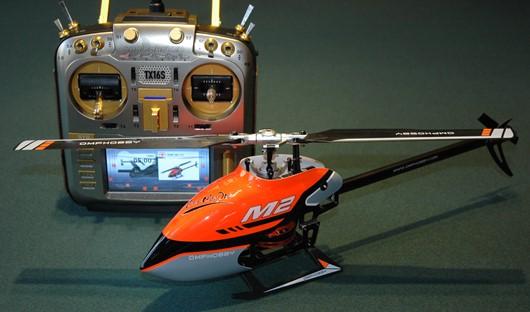
What skills can beginners learn from flying RC electric helicopters?
Beginners can learn several valuable skills from flying RC electric helicopters. Firstly, they can enhance their hand-eye coordination as they must navigate the helicopter while watching it from a distance. Secondly, beginners can develop their problem-solving skills, as managing RC helicopters requires troubleshooting issues like mechanical faults or navigation challenges. In addition, they could also bolster their spatial awareness due to the three-dimensional maneuvering involved. Furthermore, beginners get a practical understanding of aerodynamics and basic principles of physics. Lastly, flying RC electric helicopters could foster their patience and perseverance, as mastering control often demands consistent practice over time.
Types of RC Electric Helicopters for Beginners
There is a large flight deck of types of RC electric helicopters for beginners to choose from, each presenting its unique features and flying capabilities. First on the list, co-axial helicopters take the helm. These dual-rotor helicopters are well-regarded for their stability, making them the perfect choice for fledgling pilots.
Next, we have single rotor helicopters, adorned with one main rotor and a small tail rotor to control heading. This design ranks high on control and maneuverability. However, it comes with a steeper learning curve but rewards the pilot’s resilience with a more realistic flight experience, mirroring their full-sized counterparts.
Lastly, fixed-pitch helicopters can be seen as the middle ground between co-axial and single rotor helicopters. They maintain a consistent blade angle, making these ‘birds’ less complicated to fly than single rotor helicopters, yet presenting a challenge that goes beyond co-axial helicopters. Notably, they provide a generous grace space for growth and progress.
To repeat an old aviation adage, “The ‘blades’ of your helicopter determine its stability in the air,” and hence, selecting the right type of RC electric helicopter that matches your skill level is essential. Sites such as HobbyTown and HorizonHobby provide a wide range of RC electric helicopters for beginners, ensuring you find the perfect fit for your first flight adventure.
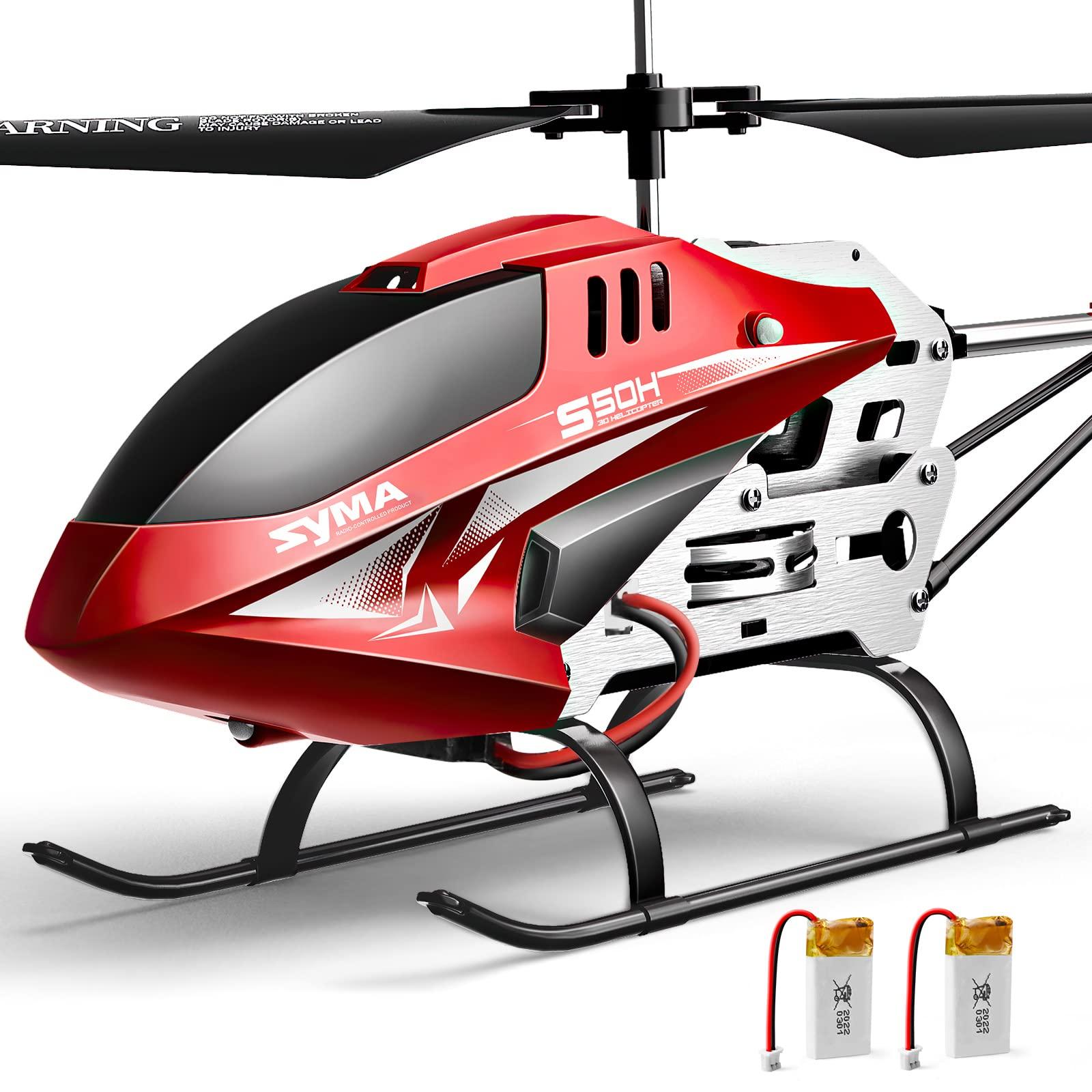
What are the best sites to find RC electric helicopters for beginners?
Some of the best sites to find RC electric helicopters for beginners include Amazon, which offers a wide range of products with customer reviews to help you make an informed decision. Another reliable site is HobbyTron, which specializes in RC products and provides detailed descriptions and specs. For comprehensive buying guides and product rankings, you might also want to check out RC Rank. For discounted items, eBay can also be a great platform. Finally, Horizon Hobby is a trusted name specifically in the RC helicopter industry.
Choosing the Right RC Helicopter
In your journey of purchasing RC electric helicopters for beginners, there are few essential considerations to make. Foremost, assess the durability of the helicopter. Just like a well-made wristwatch, a robust RC helicopter can withstand minor crashes and continue flying high. Secondly, cross-check the flight time. Websites like HobbyZone provide detailed specifications, including flight time. Remember, you’re not buying a fleeting moment of fun, but an engaging hobby. Also, consider the availability of spare parts. These ‘birds’ may need occasional tune-ups or replacements, and having easy access to parts can greatly enhance your RC experience. Lastly, don’t overlook the control range of the helicopter. A rangy device offers more room for flying maneuvers, cultivating better control and skills development. So in a nutshell, don’t go for the flashiest ‘bird’ without checking under its ‘feathers’.
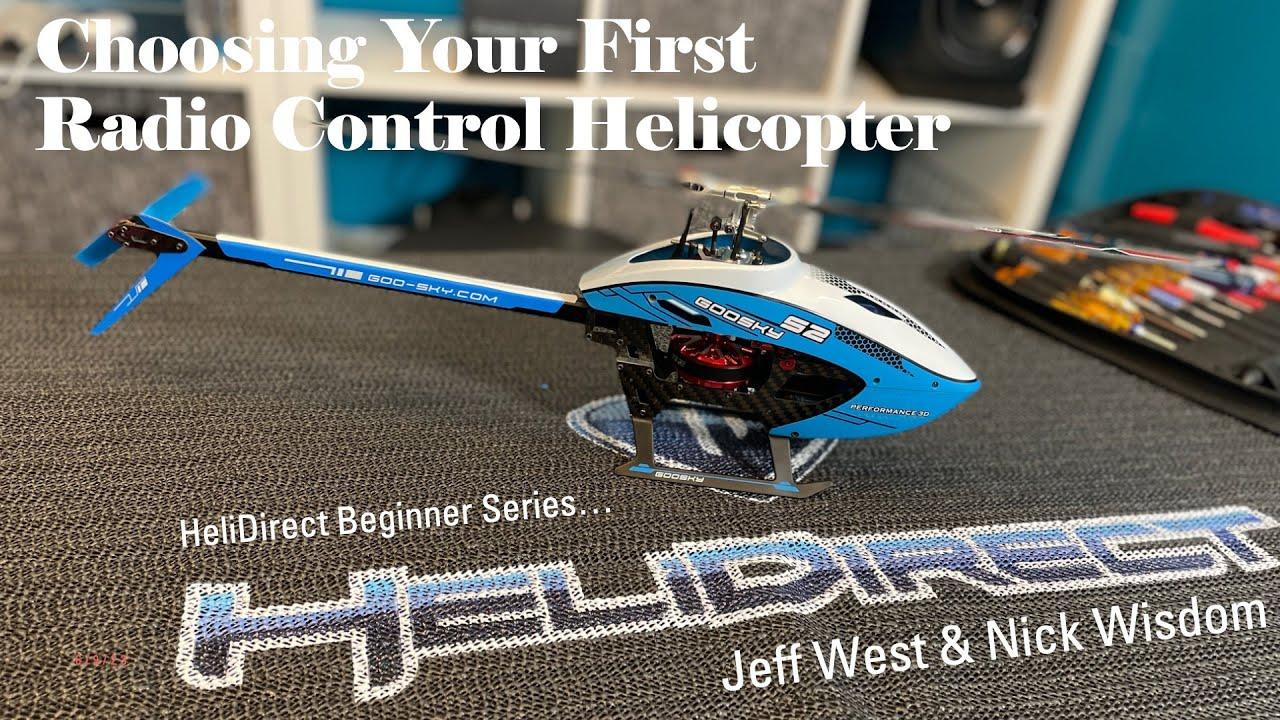
What should I consider when purchasing an RC electric helicopter for beginners?
When purchasing an RC electric helicopter for beginners, several points need to be considered. Firstly, consider the ‘Ease of Use’– The helicopter should be easy to control and navigate. It should have beginner-friendly features like altitude hold, hover function etc. Secondly, pay attention to the ‘Durability’– Beginners are bound to crash a few times as they learn, so the helicopter needs to be durable. Also, spare parts should be easily available so you can repair it if needed. Thirdly, check out the ‘Flight Time and Charge Time’– For more enjoyment, opt for a model that offers a decent flight time but doesn’t take too long to recharge. Fourthly, consider the ‘Budget’– Start with an affordable model and as you improve, you can invest in more advanced models. Lastly, don’t forget the ‘Size and Weight’– They should be suitable for indoor or outdoor use, depending on where you want to fly it.
Introduction to RC Electric Helicopters for Beginners
Embracing the excitement of piloting RC electric helicopters for beginners starts with understanding the controls. Much like a delicate dance, each movement on the controller drives a specific response in your aircraft. The basic controllers come with at least four channels: throttle, yaw, pitch, and roll. The throttle controls the altitude of the RC helicopter, the yaw changes its direction, and the pitch and roll control forward, backward, and side-to-side movements.
Training programs and flight simulators, like RealFlight, can serve as invaluable tools in mastering these controls. Simulators mimic real-life flying scenarios, providing a safe and cost-effective environment for practice. They are, as they say, the ‘marathon’ in mastering the art of flying RC electric helicopters.
Beyond the innumerable hours spent with your controller, selecting an open and safe environment for your actual flights is crucial. It’s also vital that beginners start with simple maneuvers, such as hovering, before moving to intricate movements like forward flight and eventually 3D aerobatics. Remember, consistent practice leads to perfection. However, the experience is not always about perfection; the journey of learning how to pilot an RC electric helicopter can be a thrilling adventure in itself!
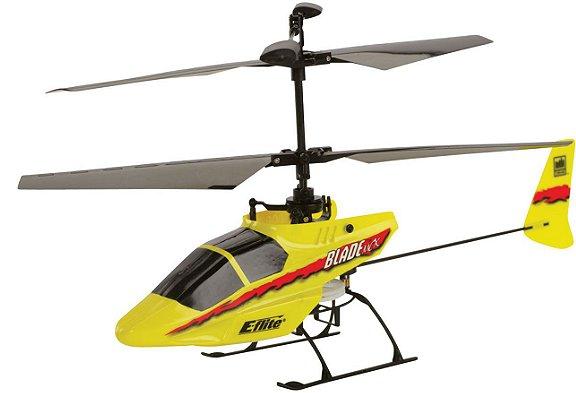
What are some tips for beginners when piloting RC electric helicopters?
1. Master the Basics: Begin by knowing your helicopter. Understand its parts and how each function contributes to the total operation of the helicopter. Learn about the basic controls – throttle, yaw, elevator, and aileron. You should understand what each of these do before you attempt flying.
2. Start Small: Do not rush into advanced maneuvers. Start by learning how to hover and do simple back-and-forths. Develop a steady hand so your helicopter doesn’t jerk around the air, learn how to fly up and down smoothly, and know how to turn slowly and purposefully.
3. Fly in a Large, Open Space: When you’re beginning, make sure you have enough open and preferably indoor space to fly your helicopter. This prevents any accidents that could happen due to obstacles like trees, buildings, or power lines.
4. Practice Regularly: Practice is key when learning to fly an RC electric helicopter. Always spare time to practice, be consistent, and build on what you learned from previous sessions.
5. Get a Flight Simulator: A simulator allows you to practice without risking your actual helicopter. They might not perfectly replicate real-life conditions, but they are good for practice and honing your skills.
6. Safety First: Always remember that safety comes first. Be aware of your surroundings when you fly and ensure people or pets do not come close to your helicopter. Also, always respect aviation laws and guidelines in your area.
Maintenance and Care Tips for RC Electric Helicopters
Moving on to keeping your ‘bird’ sky-ready, maintenance and care for RC electric helicopters play a pivotal role in the longevity and performance of any RC helicopter. Just like a well-oiled machine performs better, taking care of your helicopter can ensure it does the same.
First and foremost, your helicopter’s ‘wings’ (the rotor blades) need regular checks. Damage to the blades not only affects your flight but can also pose safety risks. Websites like Horizon Hobby https://www.horizonhobby.com offer a variety of blade options for replacements.
Secondly, the lifeblood of your RC electric helicopter is its battery. It’s vital to avoid over-discharging them as it can drastically reduce their lifespan. A useful tip would be to never leave a “drained” battery laying around; recharge them shortly after your flight to ensure they stay in good health. Companies like Tenergy https://www.tenergy.com supply reliable and beginner-friendly batteries.
Moving onto pre-flight and post-flight checks, these are akin to your ‘bird’ going for a routine check-up at the vet. You’ll want to ensure all parts are firmly in place and the controls are responding accurately before you take off. Similarly, after landing, inspect your helicopter for any damage incurred during the flight. Regular maintenance checks help in identifying minor issues before they become major problems.
Lastly, when it comes to storing your RC electric helicopter, keep it in a safe and dry place away from direct sunlight to prevent any potential damage to its components. Check the user manual for specific storage instructions, as these can vary from one model to another.
In essence, your helicopter’s ‘wings’ take you as far as you let them. So, care for them well and they’ll keep your adventure in the skies ongoing and enjoyable.
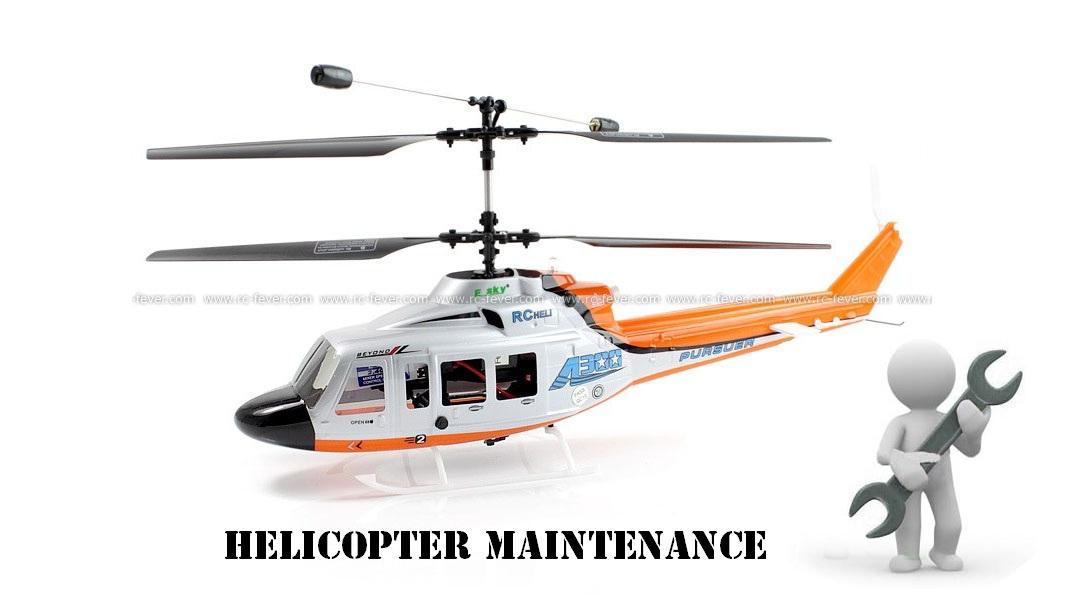
What should be included in pre-flight and post-flight checks for RC electric helicopters?
Pre-flight checks for RC electric helicopters should include a thorough inspection of all parts. Ensuring the main and tail rotor blades are secure and not damaged, checking that the motor works properly, examining the gears for any wear and tear, and verifying that all control surfaces move freely without obstruction. Besides, you should also test the radio system to ensure there is no interference and the connection is strong.
For the post-flight checks, firstly allow your helicopter to cool down. After cooling, inspect the helicopter for any physical damage incurred during the flight, like cracks or breakage in parts. Check the battery connectors for any sign of melting or overheating. Also, clean off any dirt or debris that might have collected on the helicopter. Lastly, always ensure to store the battery properly, by discharging it to the storage voltage if you won’t be flying again soon. These checks will help maintain the longevity of the helicopter and ensure safe flying.
In conclusion, we’ve taken a comprehensive tour of the fascinating world of RC electric helicopters for beginners. We’ve delved into understanding what they are, their exceptional advantages for novice pilots, and the diverse types available. Equally crucial is the highlighted understanding of the considerations necessary when purchasing, along with essential tips to master flying smoothly. Lastly, we’ve provided an overview of how to ensure these mechanical birds maintain their optimum performance through proper maintenance and care.
If you’ve been hesitant about starting this enriching hobby, we hope this guide has helped ease your initiation process. Like with any new venture, your first flight may not be perfect, but with patience, practice and a proper understanding of your RC helicopter, you will eventually master the art of navigating the skies. So don’t hold back, start exploring the thrilling hobby of RC electric helicopters, and see how high you can fly!

